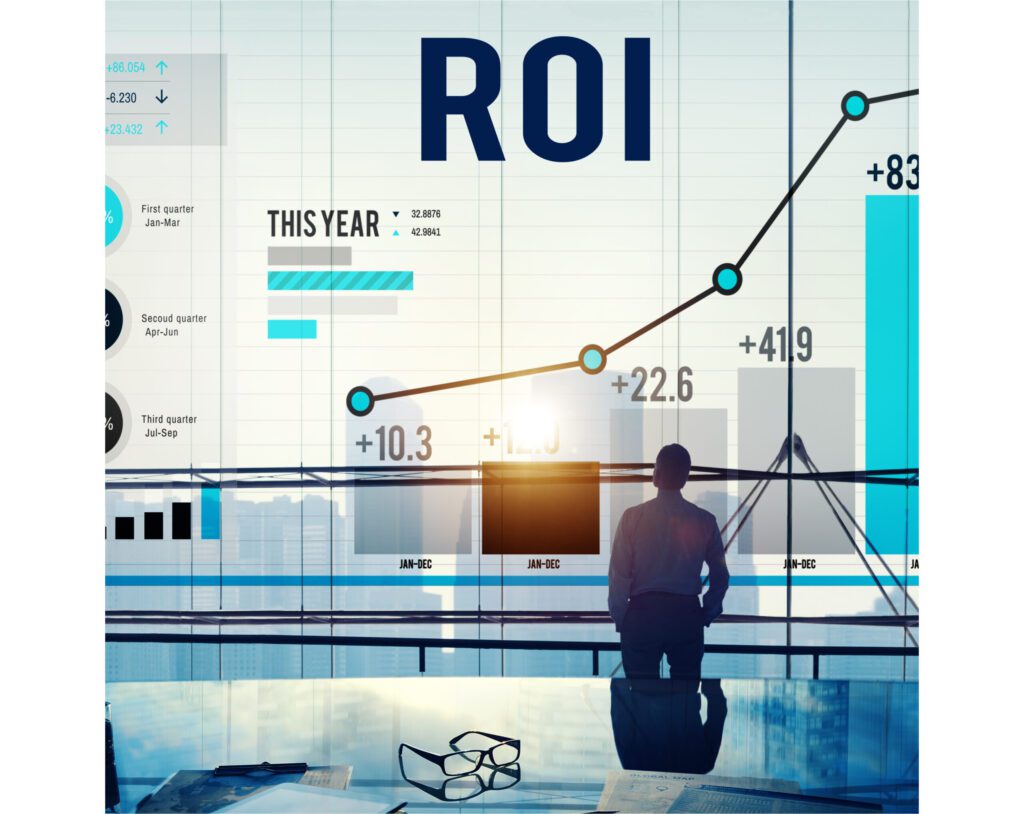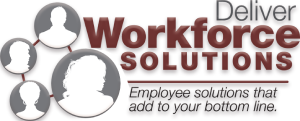
Business growth can be defined as a process of achieving some measure of success such as greater sales, increased production, or increasing the bottom line by decreasing costs. Staff training is an investment in the growth of employees and leads to an increased return on investment (ROI).
In the past, it has been difficult to measure the relationship between employee training and (ROI). Aragon-Sanchez, A. et al. (2003) published an empirical study on the effects of training on performance (effectiveness and profitability) and concluded that training positively affects productivity, quality, labor, turnover, and (ROI). Watta Onyango, J. and Wanyoike, D. (2014) published a study on the effects of training on health care workers’ performance and also concluded that there is a strong positive relationship between training and development of employees and performance.
Key Performance Indicators (KPIs) are the results a business seeks to achieve. The training is the vehicle used to achieve the KPIs. Aragon-Sanchez, A. et al. (2003) analyzed types of training. They concluded that different types of training have different impacts on business results. Training within the company with outside trainers had positive results, but on-the-job training had even higher positive results.
Choudhury, G. and Sharma V. (2019) compared a variety of models to evaluate and measure the effectiveness of training and some include the impact on ROI. Common models include The Kirkpatrick Model, The Phillips ROI Model, and the CIPP Evaluation Model. The Kirkpatrick Model measures the effectiveness of the training but does not identify ways to improve the training and it does not align with the ROI. The Phillips ROI Model measures both the effectiveness of the training and the ROI. A cost-benefit analysis is used to determine the value of the training so businesses can measure whether the investment in training produced measurable results. The CIPP Model evaluates the training and helps to inform changes to improve the training. When developing or selecting a training model and assessment tool, it is important to measure the effectiveness of the training as well as the ROI.
A best practice training model used in the collision repair industry is I-CAR. In 2015, I-CAR proved that their Gold Class training program increased ROI. In 2016, the I-CAR shop training benefits calculator was introduced. The new training benefits calculator demonstrated how KPIs such as cycle time, rework frequency, employee turnover, etc. could be converted to financial performance.
Aragón-Sánchez, A., Barba-Aragón, I., & Sanz-Valle, R. (2003). Effects of training on business results. The International Journal of Human Resource Management, 14(6), 956–980. https://doi.org/10.1080/0958519032000106164
Choudhury, G.B. and Sharma, V. (2019). Review and comparison of various training effectiveness evaluation models for R & D Organization performance; PM World Journal, Vol. VIII, Issue II (February).
Onyango, James & Wanyoike, Daniel. (2014). Effects of Training on Employee Performance: a survey of health workers in Siaya County, Kenya https://www.researchgate.net/publication/263587405_EFFECTS_OF_TRAINING_ON_EMPLOYEE_PERFORMANCE_A_SURVEY_OF_HEALTH_WORKERS_IN_SIAYA_COUNTY_KENYA
